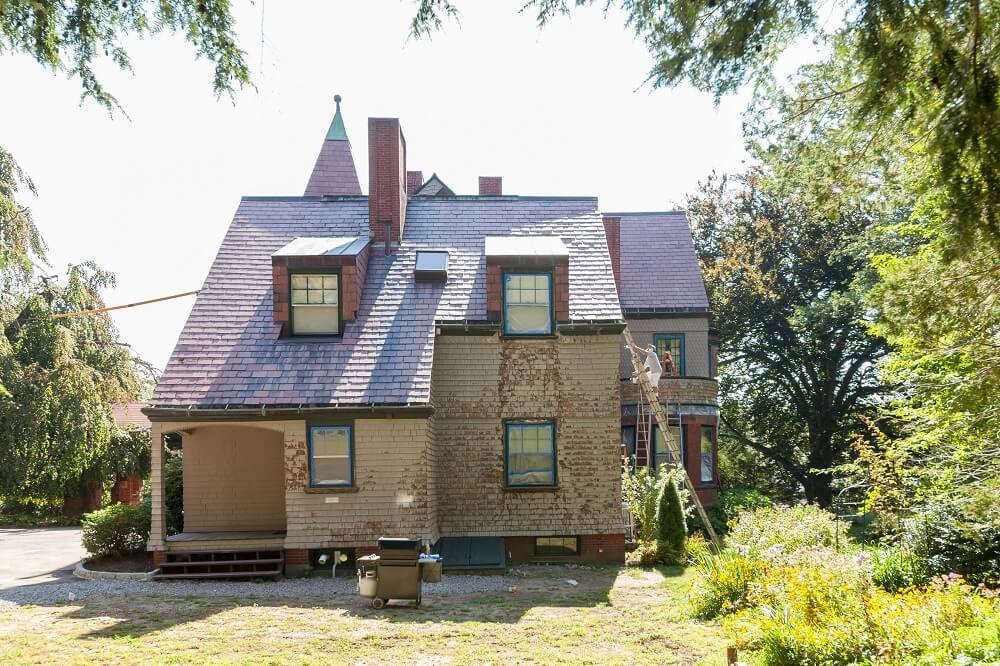For those of us who have left behind our younger years, the cold dry air of winter can offer up insults beyond mere inconvenience and discomfort. I refer to the additional 10 years winter air can add to our age as a new facial topography emerges. Wrinkles appear where none existed, frown lines multiply like rabbits.
Our houses manifest a similar desiccation – seasonal cracks in walls appear out of nowhere, radiating out from doorways from lintels to crown moldings and across ceilings like fault lines. Baseboards pull away from walls, door casings reveal shadow lines and mitered corners shrink like violets.
In older homes, built with a better grade of wood, seasonal settling of the structure returns these cracks with a persistent reminder; like in-laws, they become familiar but not necessarily welcome house guests.
In newer homes, built with wood harvested from genetically modified trees that place growth rate over wood density, the contraction can be astonishing and unrelenting.
Recent work in a custom home through late summer and fall looked crisp and finished until winter’s aridity caused separation of casings and trim and required hundreds of yards of re-caulking and touching ups. Enter January, and still drier colder air, and despite a well-engineered HVAC system, plastered cathedral ceilings begin to crack under the torque of contracting joists. Even engineered substrates like medium density fiberboard (MDF) panels and trim are susceptible.
This contraction is normal of course, and no substrate is immune. We have tried different caulking materials, including elastopatch caulk, with middling success – even use of ‘Big Stretch’, an aptly named elastomeric caulk that can accommodate gaps of up to 2” and 100% contraction has its limits. What tends to happen in extreme cases is seasonal expansion squeezes the caulk out of the joint or seam and creating an aesthetic issue. Outside, the dark green painted Azek trim on this home reveals every white joint and seam.
But if this is normal, let’s ask the question; when is the best season to prepare and paint a house? If it is no one’s fault when contraction occurs, who gets to foot the bill for the extra work?
We welcome your comments.



